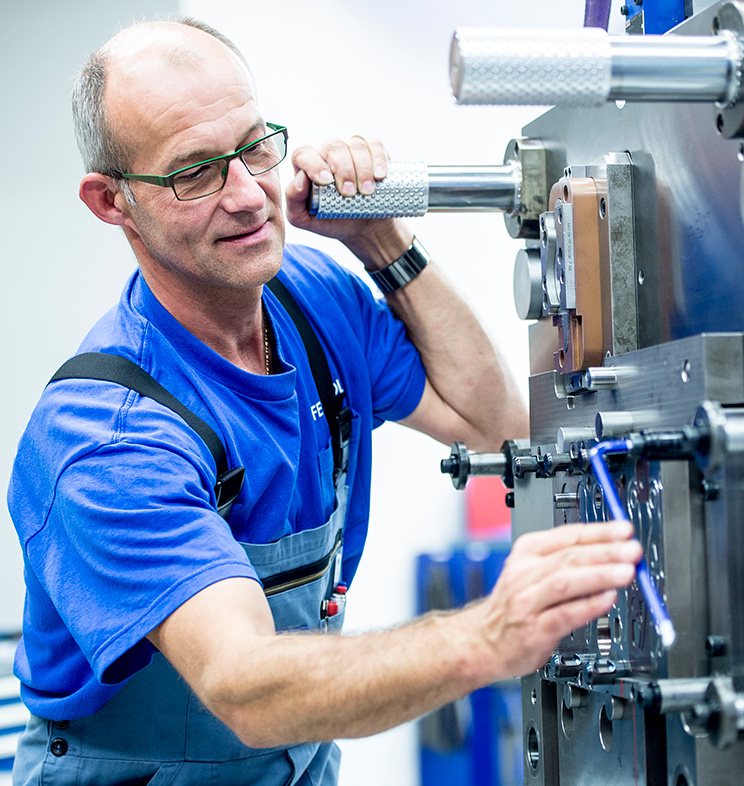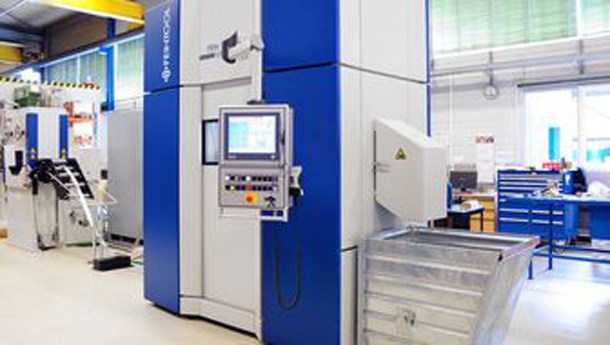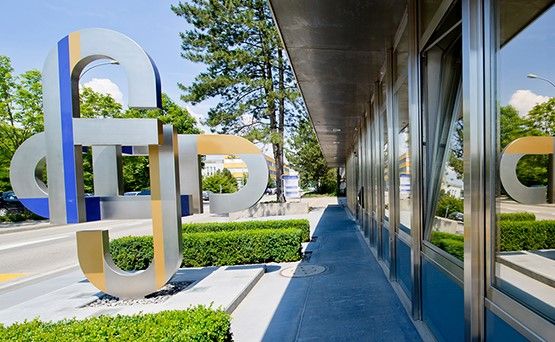News | 22.02.2024

Nehmen Sie Kontakt zu uns auf. Wir helfen Ihnen gerne.



Nehmen Sie Kontakt zu uns auf. Wir helfen Ihnen gerne.
| Bezeichnung: | Cookielay |
| Name: | cookielay |
| Anbieter: | Cookielay |
| Funktion: | Speichert die Cookie-Einstellungen des Besuchers. |
| Laufzeit: | 1 Jahr |
| Datenschutzerklärung: | www.cookielay.com/privacy-policy |
| Impressum: | www.cookielay.com/imprint |
| Bezeichnung: | Polylang |
| Name: | pll_language |
| Anbieter: | Der Betreiber der Website |
| Funktion: | Speichert die Spracheinstellungen des Besuchers. |
| Laufzeit: | 1 Jahr |
| Bezeichnung: | Google Tag Manager |
| Name: | _ga, _gat, _gid |
| Anbieter: | Google LLC |
| Funktion: | Required for the operation of Google Tag Manager, an event handling tool of Google LLC. |
| Laufzeit: | 2 years |
| Datenschutzerklärung: | policies.google.com/privacy |
